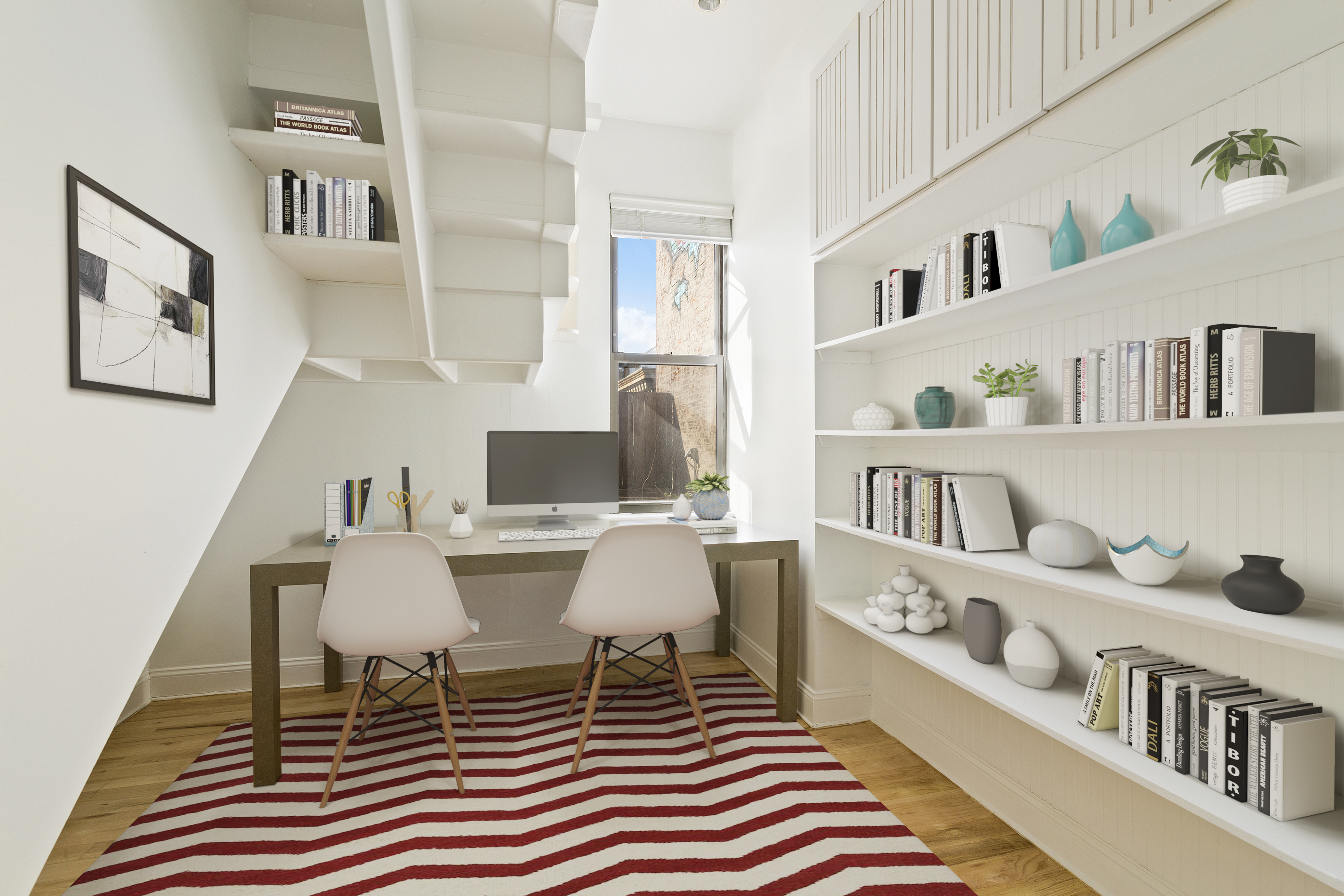Virtual Staging Software: Revolutionizing Real Estate Marketing
What Is Virtual Staging Software?
Virtual staging software is a digital solution that enables users to create realistic images of how a space can look when furnished and decorated. Instead of physically bringing in furniture, decorators, or designers, users upload photos of empty or unfurnished rooms into the software. Then, they can select from a variety of virtual furniture, decor, and stylistic options to stage the space digitally. The result is a series of high-quality, attractive images that present the property in its best light.
This approach offers numerous advantages. It significantly reduces the costs associated with traditional staging, which can include renting furniture, transportation, and labor. Additionally, virtual staging allows for rapid updates and customization to match different buyer preferences or marketing strategies. It also makes it easier to visualize the potential of a space, helping buyers imagine living in the property.
Benefits of Virtual Staging Software
Cost-Effective: Traditional staging can cost thousands of dollars per property. Virtual staging software drastically reduces expenses while still providing visually appealing images.
Time-Saving: Physical staging can take days or even weeks to organize. Virtual staging can be completed in a matter of hours, speeding up the marketing process.
Flexibility and Customization: With virtual staging, you can experiment with different styles, colors, and furniture arrangements to appeal to a broad audience.
Enhanced Online Listings: High-quality images generated via virtual staging can make listings more attractive on platforms like Zillow, Realtor.com, and social media.
Ideal for Vacant or Unfurnished Properties: Empty spaces can be hard for buyers to visualize. Virtual staging fills this gap by creating inviting, lived-in looks.
Affordable Virtual Staging: Making It Accessible for All
While virtual staging software is already a cost-effective alternative to traditional staging, affordable virtual staging options make this technology accessible to a wider range of users, including small real estate agencies, individual homeowners, and investors.
Affordable virtual staging services often operate on a pay-per-image basis or offer subscription plans. They may also differentiate themselves through user-friendly interfaces, pre-designed templates, and quick turnaround times. These services empower users to produce professional-quality images at a fraction of the cost of physical staging.
Moreover, many online platforms now offer free trials or demo versions, allowing users to test the software's capabilities before making a financial commitment. This democratization of virtual staging technology means that even those with limited budgets can leverage high-quality visuals to boost their property listings.
Choosing the Right Virtual Staging Software
When selecting virtual staging software, consider factors such as ease of use, customization options, the variety of furniture and decor styles, and output quality. Some popular platforms include Virtual Staging Solutions, BoxBrownie, and Virtual Stager, each offering different features to cater to various needs.
It's also important to verify that the software produces realistic images, as overly artificial-looking visuals can deter potential buyers. Reading reviews and viewing sample images can help determine the best fit.

Comments
Post a Comment